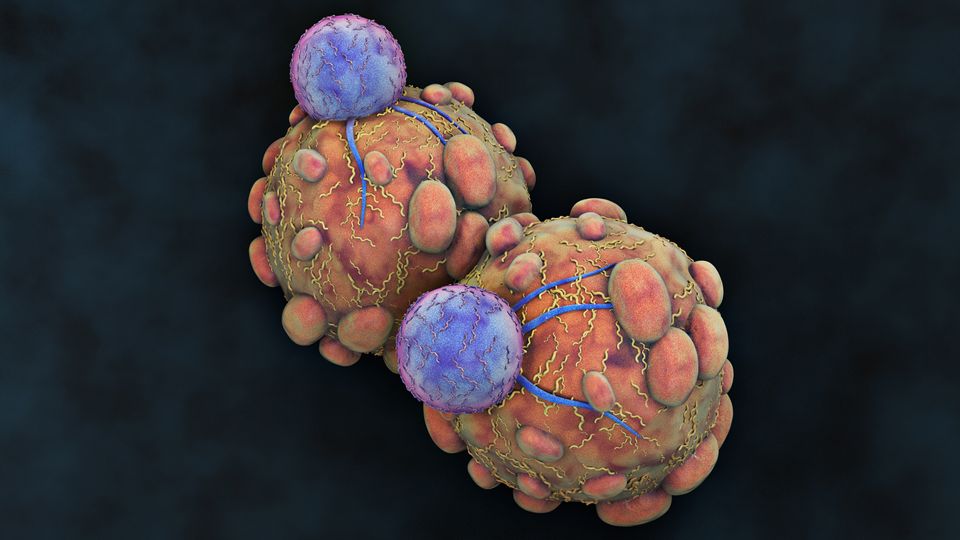Researchers Discover How Breast Tumor Cells Can Avoid Common Cancer Therapy
The path of escape: how breast tumor cells avoid common cancer therapy.

Complete the form below to unlock access to ALL audio articles.
Drugs that inhibit tumor cell cycle, such as palbociclib, have helped treat patients with the breast cancer subtype estrogen receptor–positive, human epidermal growth factor 2 receptor–negative (ER+/HER2−). Although these drugs often improve patient outcomes, a small percentage of tumor cells survive and divide in the presence of palbociclib — a phenomenon known as fractional resistance. It is critical to understand the cellular mechanisms underlying fractional resistance because the precise percentage of resistant cells in patient tissue is a strong predictor of clinical outcomes.
In a study published in the Proceedings of the National Academy of Sciences, a team of UNC-Chapel Hill researchers showed that fractional resistance arises from cell-to-cell differences in core cell cycle regulator proteins that allow a subset of cells to escape palbociclib therapy. The team combined multiplex, single-cell imaging to identify fractionally resistant cells in both cultured and primary breast tumor samples resected from patients. Resistant cells showed premature accumulation of multiple cell cycle regulator proteins as well as enhanced sensitivity to pharmacological inhibition of cyclin-dependent kinase 2 activity, which is another cell division program and another potential drug target.
Want more breaking news?
Subscribe to Technology Networks’ daily newsletter, delivering breaking science news straight to your inbox every day.
Subscribe for FREEUsing computational approaches to trace the path of tumor cells through the cell cycle, the researchers showed how flexibility, or plasticity, among cell cycle regulators gives rise to alternate cell cycle “paths” that allow individual tumor cells to escape palbociclib treatment.
Understanding drivers of cell cycle plasticity and how to eliminate resistant cell cycle paths, could lead to improved cancer therapies targeting fractionally resistant cells. And Improving such therapies would likely improve patient outcomes.
Reference: Zikry TM, Wolff SC, Ranek JS, et al. Cell cycle plasticity underlies fractional resistance to palbociclib in ER+/HER2− breast tumor cells. Proc Natl Acad Sci USA. 2024;121(7):e2309261121. doi: 10.1073/pnas.2309261121
This article has been republished from the following materials. Note: material may have been edited for length and content. For further information, please contact the cited source.

